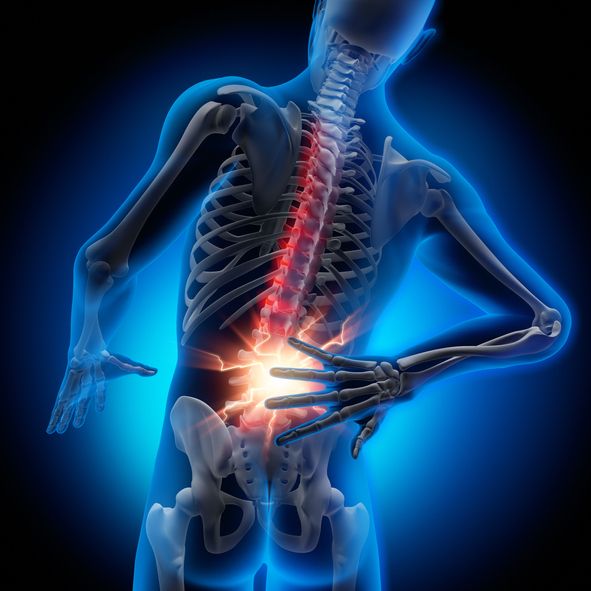The Qualities of an Ideal ayurvedic treatment for back pain
The Qualities of an Ideal ayurvedic treatment for back pain
Blog Article
Lower neck and back pain is something that many of us experience eventually in our lives, with up to 85% of adults dealing with it. Whether it's a dull, irritating ache or a sharp, persistent pain, it can be extremely disruptive. The majority of the time, it originates from issues in the lower spine, tense muscles, and even close-by organs. While standard treatments concentrate on handling symptoms, integrative approaches like Ayurveda, Yoga, and Acupuncture dive deeper, attending to both the physical pain and the psychological toll that pain can handle us.
What Causes Lower Back Pain?
Lower pain in the back can come from a variety of sources, such as:
● Problems in the lumbar spine: Issues with the vertebrae or discs in the lower back.
● Muscle strain: Overworked or inflamed muscles from poor posture, overexertion, or stress.
● Nerve compression: Commonly triggered by a herniated disc pressing on close-by nerves.
● Internal organ problems: Pain referred from organs in the pelvic or abdominal region.
If your pain is serious, remains in spite of rest, or includes symptoms like leg pain, pins and needles, weakness, or unexplained weight loss, it's important to see a doctor.
How Ayurveda Can Help
Ayurveda, with its holistic and time-tested remedies, uses natural options for dealing with lower neck and back pain. Here are some therapies that can help:
● Kati Basti: This involves applying warm, medicated oil straight to the lower back. The heat and oil collaborate to relieve stiffness, promote blood flow, and relieve pain.
● Elakizhi: Medicated organic leaves are used in a hot compress to alleviate muscle tension and promote recovery.
● Panchakarma (Basti): This treatment utilizes a medicated enema to soothe Vata dosha (one of the body's energy types). Vata imbalance is typically connected to neck and back pain, and Basti helps bring back balance, lower swelling, and prevent recurrence.
Acupuncture for Pain Relief
Acupuncture is another effective way to manage pain in the back. By
placing fine needles into specific points on the body, acupuncture:
● Stimulates the release of endorphins, the body's natural painkiller.
● Improves flow and decreases swelling in the afflicted area.
● Works together with Ayurveda to provide a well-rounded and efficient pain management solution.
Yoga for Long-Term Relief
Yoga matches Ayurveda and Acupuncture, offering a method to handle pain on a daily basis. It assists by:
● Stretching and enhancing the muscles: Yoga positions can help improve versatility and ease tension in the back.
● Breathing workouts and meditation: These practices soothe the mind, decrease tension, and support your body's natural healing process.
While yoga alone may not completely remove the underlying causes of lower back pain, it can substantially relieve pain and assistance keep a healthy, pain-free back gradually.
A Holistic Approach for Lasting Relief
By combining Ayurveda, Yoga, and Acupuncture, you're not simply treating the symptoms-- you're addressing the source of lower back pain. These treatments work together to stabilize the mind and body, providing a more natural and thorough service to pain relief. With this integrative technique, you can find not just physical relief but also a higher sense of well-being and balance in your life.
If you're searching for a long-term, holistic way to handle ayurveda migraine treatment your lower back pain, these treatments could be the response.